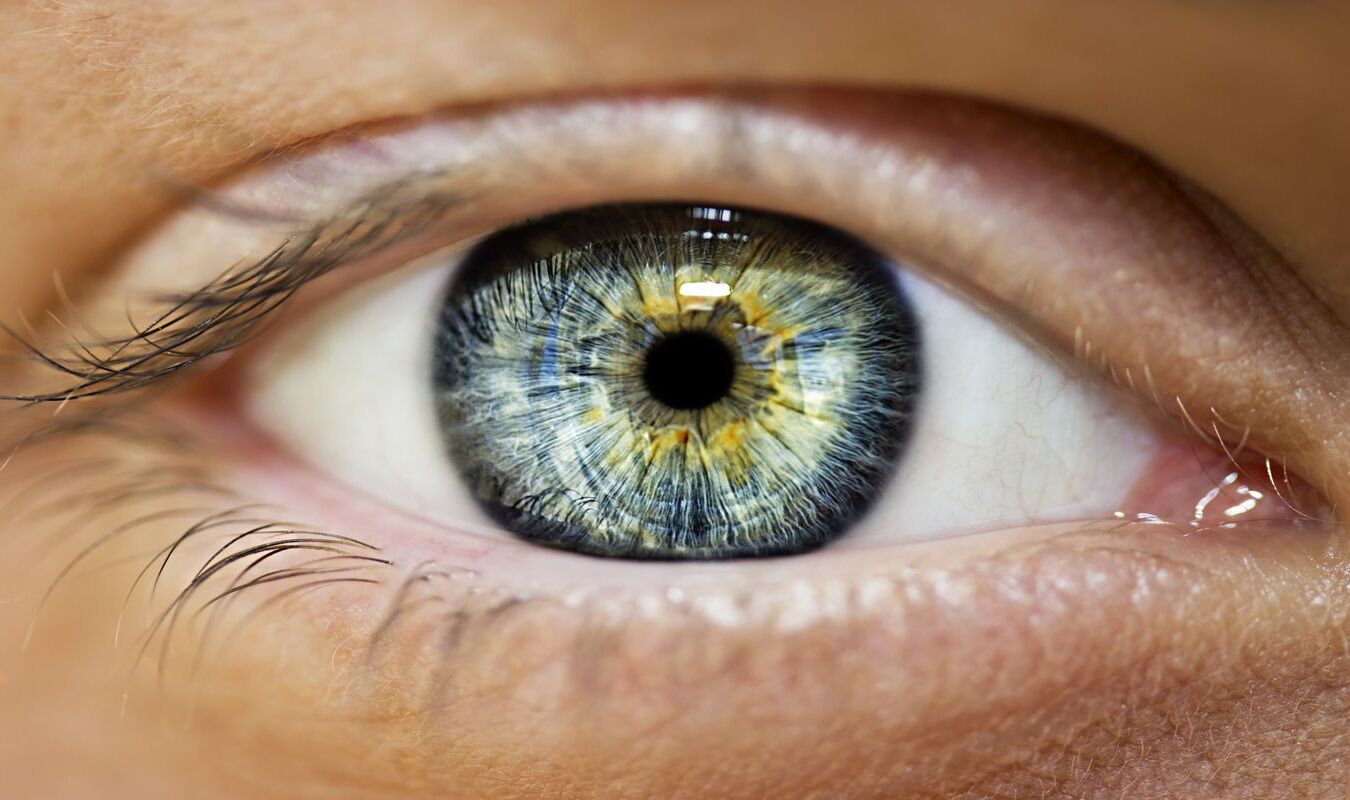
Retina disorders can be a real challenge for many people. These conditions affect the thin layer of tissue at the back of the eye, which is crucial for vision. Common retina disorders include macular degeneration, diabetic retinopathy, and retinal detachment. Each of these conditions can lead to serious vision problems if not treated promptly. Symptoms might range from blurry vision to complete vision loss. Early detection and treatment are key to managing these disorders effectively. This post will provide you with 25 essential facts about retina disorders, helping you understand the causes, symptoms, and treatments available. Stay informed and protect your vision!
Key Takeaways:
- Retina disorders can cause severe vision loss and blindness. Early detection and treatment, along with lifestyle changes, can help preserve vision and improve quality of life.
- Symptoms like blurred vision, floaters, and flashes of light can indicate retinal issues. Regular eye exams and understanding the causes of retina disorders are crucial for prevention and management.
Understanding Retina Disorders
Retina disorders can affect vision significantly. The retina, a thin layer of tissue at the back of the eye, is crucial for capturing light and sending visual signals to the brain. Let's explore some key facts about these conditions.
-
The retina is essential for vision. It converts light into neural signals, which the brain interprets as images.
-
Retina disorders can lead to blindness. Conditions like macular degeneration and diabetic retinopathy can cause severe vision loss.
-
Age-related macular degeneration (AMD) is common. AMD primarily affects older adults, leading to central vision loss.
-
Diabetic retinopathy affects diabetics. High blood sugar levels damage blood vessels in the retina, causing vision problems.
-
Retinal detachment is an emergency. When the retina pulls away from its normal position, it can lead to permanent vision loss if not treated promptly.
Types of Retina Disorders
Different retina disorders have unique characteristics and impacts. Understanding these types can help in early detection and treatment.
-
Macular degeneration affects the macula. The macula is the central part of the retina responsible for sharp vision.
-
Retinitis pigmentosa is genetic. This inherited disorder causes gradual vision loss, starting with night blindness.
-
Central serous retinopathy affects young adults. Fluid builds up under the retina, causing distorted vision.
-
Epiretinal membrane is a thin layer. This layer forms on the retina's surface, leading to vision distortion.
-
Macular hole is a small break. This break in the macula can cause blurred and distorted central vision.
Symptoms of Retina Disorders
Recognizing symptoms early can lead to better outcomes. Here are some common signs to watch for.
-
Blurred vision is a common symptom. Many retina disorders cause vision to become unclear.
-
Floaters are tiny spots. These spots drift through your field of vision and can indicate retinal issues.
-
Flashes of light can be alarming. Sudden flashes may signal retinal detachment.
-
Distorted vision affects daily tasks. Straight lines may appear wavy or bent.
-
Loss of central vision impacts reading. Difficulty seeing fine details can be a sign of macular degeneration.
Causes of Retina Disorders
Various factors contribute to retina disorders. Knowing these causes can help in prevention and management.
-
Aging is a significant factor. As people age, the risk of retina disorders increases.
-
Genetics play a role. Family history can increase the likelihood of developing certain retina conditions.
-
Diabetes is a major cause. Poorly controlled blood sugar levels can damage retinal blood vessels.
-
High blood pressure affects the retina. Hypertension can lead to retinal vein occlusion.
-
Eye injuries can damage the retina. Trauma to the eye can cause retinal detachment or tears.
Treatment Options for Retina Disorders
Effective treatments are available for many retina disorders. Early intervention can preserve vision and improve quality of life.
-
Laser therapy is common. Lasers can seal leaking blood vessels or repair retinal tears.
-
Injections can reduce swelling. Medications injected into the eye can treat conditions like macular edema.
-
Surgery may be necessary. Procedures like vitrectomy can remove scar tissue or repair retinal detachments.
-
Lifestyle changes can help. Managing diabetes, blood pressure, and avoiding smoking can reduce the risk of retina disorders.
-
Regular eye exams are crucial. Early detection through routine check-ups can prevent severe vision loss.
Key Points to Remember
Understanding retina disorders is crucial for maintaining eye health. These conditions can affect anyone, regardless of age. Regular eye exams help catch problems early. Symptoms like blurred vision, floaters, or sudden vision loss shouldn't be ignored. Treatments vary from medications to surgery, depending on the specific disorder. Lifestyle choices, such as a healthy diet and avoiding smoking, can also play a role in prevention. Staying informed about the latest advancements in eye care can make a significant difference. If you or someone you know experiences any symptoms, consult an eye specialist promptly. Early detection and treatment are key to preserving vision. Remember, your eyes are your windows to the world. Taking care of them should be a top priority. Stay proactive about your eye health and encourage others to do the same.
Frequently Asked Questions
Was this page helpful?
Our commitment to delivering trustworthy and engaging content is at the heart of what we do. Each fact on our site is contributed by real users like you, bringing a wealth of diverse insights and information. To ensure the highest standards of accuracy and reliability, our dedicated editors meticulously review each submission. This process guarantees that the facts we share are not only fascinating but also credible. Trust in our commitment to quality and authenticity as you explore and learn with us.
